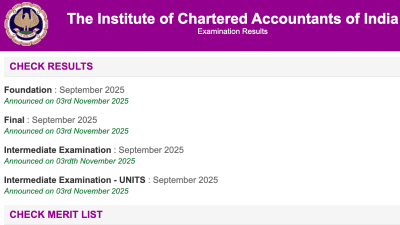By Mahima Kaul
An increasing number of studies that capture the impact of online gender-based violence reconfirm one thing: offline misogyny and violence has followed women and other minorities online. In examining this statement, a simple conclusion does appear even as we try to prevent and remove harmful content across the internet, the root causes of this behaviour will not change unless we acknowledge and address unequal societal norms.
It can be a challenge to step back to address technology-facilitated gender-based violence (TFGBV) holistically as cyber-crimes are increasing, and addressing those immediate problems is a massive undertaking. As per the National Crimes Record Bureau, reports of cyber-crime increased in India by 24.4% in 2022 from the year before. Within that, we don’t have a reliable percentage for TFGBV, and have to mainly rely on news reports, anecdotes and surveys carried out by various nonprofit organisations and companies. Many reports from the UN and civil society organizations have captured the manifestations of TFGBV, which range from surveillance, gendered threats like rape threats, doxxing, outing etc. to new and alarming trends like financial abuse and non-consensual deepfake intimate material.
Why is it important to address TFGBV as distinct from the general harms experienced by users online? This is an important question that must be addressed. There is a reason that harms are experienced differently by different people. In the case of women, many of the abuses experienced by them are designed to intimidate them on the basis of their gender – so rape threats, threats to release their intimate pictures to their family, curbing their movements, are all designed to control women. The same can be said for how the LGBTQ+ communities experience harms – slurs designed to harass and insult, blackmailing by threatening to reveal their sexual identity, and so on. And when you add layers of intersectionality, such as caste, religion, disability, the nature of harm can be designed to attack who they are as people, rather than an online crime which is agnostic of their gender and identity.
The recourse is available at two broad levels – the online platforms where the harm takes place, and through the legal system. Platforms have their own community guidelines and reporting methods available to users. For legal recourse, many sections under the IT Act and the newly passed Bharatiya Nyaya (Second) Sanhita, cover any of these crimes, and there is expectation that the new Digital India Act will comprehensively address TFGBV.
All these systems are aimed at helping victim-survivors. Platforms have taken on a responsibility to create safe experiences for users, while the legal system needs to take cases of online harm as seriously as it does offline harm. The rise of AI has captured the current debate, and how AI while on one hand can help with combatting online harm, on the other it could be misused through synthetic media and deepfake technologies to not just manipulate the public discourse but target women and minorities to serious consequences. What is less examined, then, is who the perpetrator is and what the motivations are. In a holistic examination of TFGBV, one must look at root causes – and ask questions like could this incident have been prevented, perhaps by education or timely intervention in an offline setting, how does a perpetrator follow the victim across apps and devices, does the victim have the right support, not just legally, but address their mental health to cope with these experiences. With a dedicated focus on women’s experience online, it is important for multiple stakeholders to recognize that in the AI era, trust is more paramount than ever. For example, Bumble Inc. is one of the founding members of a new ethical framework led by the Partnership on AI (PAI), which is focused on the ethical and responsible development, creation, and sharing of AI to address the unique AI-enabled harms that affect women and marginalised people.
In societies like India, the pace of development has at times outpaced understanding and evolution of societal change. Traditional hierarchies within the family, relationships and in public, are constantly being challenged by individuals who have a voice and presence, who own and exercise their agency outside this dynamic. Many women victim-survivors suffer because someone is trying to control them; at other times they are exposed to a new world where strangers have access to them in ways previously unimaginable. The response to this, then, needs to be equipping people with knowledge, understanding and perspective that leads to a healthier and safer Internet. The sheer act of being online, exercising one’s agency in creating profiles and having conversations, has been empowering for women, and the answer to threats is not to suggest they go offline. In the name of safety and security, women’s freedoms should not be curbed or reduced. Instead, applying a gendered lens to technology policy can help in determining if protections afforded to keep women safe, and the agency of women, are being balanced. This can be the north star in guiding how we create platforms, craft policy, and legislate on behalf of women in India.
The author is Public Policy Director, APAC, Bumble










